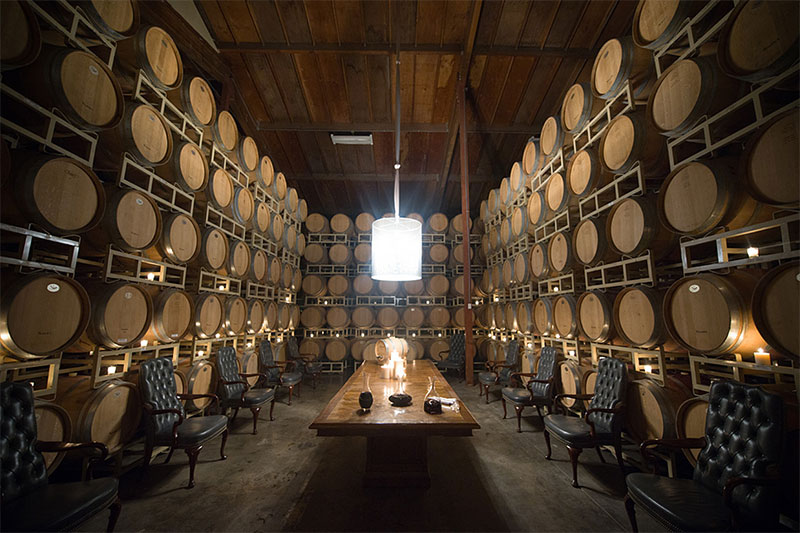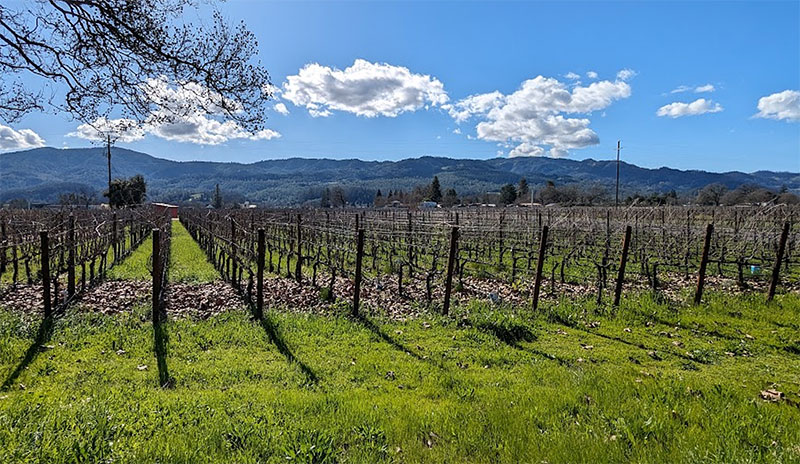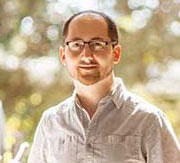
The Raymond name has been associated with Napa valley since the year Prohibition ended. The Raymond family arrived in Napa Valley in 1933. Roy Raymond married into the Beringer family in 1936. He worked as winemaker for Beringer from 1933 to 1970. The following year, he and his two sons Walter and Roy Jr set out on their own with a 90-acre estate property in Rutherford. They released their first commercial wine under the Raymond Vineyards label in 1974. The estate now comprises 300 acres in Rutherford, St. Helena, and Jameson Canyon. All are are certified organic and biodynamic. The winery is also operated on 100% solar power.
In 1989, Kirin Holdings purchased the winery, with the Raymond family still managing the property and production.
In 2009, Raymond was acquired by Boisset Family Estates, a major French wine company, with operations in Burgundy, Beaujolais, the Rhone Valley, the South of France, and expertise in French sparkling wines. Boisset had already purchased properties in California’s Russian River Valley, making it one of the top twenty-five producers in the U.S.

Under Boisset’s ownership, Raymond has become a biodynamic producer. There is a two-acre exhibition on the property about biodynamic farming, called the Theater of Nature. The self-guided exhibit is the largest exhibit showcasing biodynamic practices in the region. It aims to teach guests about how biodynamic farming impacts wines via a five-act presentation.
In 2012, Wine Enthusiast named Raymond “American Winery of the Year.” Two years later, the winery was cited by Great Wine Capitals as the Regional Winner for “Innovative Wine Tourism Experiences.” Raymond Vineyards was named “Best Unique Tasting Experience” by CellarPass in 2014 as well. The North Bay Bohemian named Raymond Vineyards the “Best Winetasting Room” in Napa Valley in 2015 and 2016 and for having the best Cabernet Sauvignon.

The Winemakers
 Northern California native Stephanie Putnam is a graduate of UC Davis with a B.S. in Fermentation Science. As Director of Winemaking, she oversees all aspects of wine production for Raymond.
Northern California native Stephanie Putnam is a graduate of UC Davis with a B.S. in Fermentation Science. As Director of Winemaking, she oversees all aspects of wine production for Raymond.
Previously, Putnam had spent eight years as winemaker at Far Niente Winery, Prior to that, she was part of the team at Hess Collection, where she began as a cellar worker and progressed to winemaker. She also worked with the winery’s South American partners.
 Winegrower and Vineyard Manager Sophie Drucker did her undergraduate studies at UC Davis in viticulture and enology, and then did cellar and vineyard work in Napa Valley, Portugal, and New Zealand. She returned to UC Davis for a master’s degree in horticulture and agronomy.
Winegrower and Vineyard Manager Sophie Drucker did her undergraduate studies at UC Davis in viticulture and enology, and then did cellar and vineyard work in Napa Valley, Portugal, and New Zealand. She returned to UC Davis for a master’s degree in horticulture and agronomy.
 Thane Knutson is the Associate Winemaker. He graduated with a degree in International Business from the University of Oklahoma, where he made wine in his dorm room closet and worked in the cellar of a local winery.
Thane Knutson is the Associate Winemaker. He graduated with a degree in International Business from the University of Oklahoma, where he made wine in his dorm room closet and worked in the cellar of a local winery.
After spending a couple of harvests making wine, he interned at Cakebread Cellars, where he decided winemaking was his calling. Knutson spent two years at Hess Collection as the laboratory technician before joining Raymond Vineyards.
Raymond District Collection Cabernet Sauvignon Coombsville 2019
The grapes for this Cabernet Sauvignon were harvested from two vineyards within the Coombsville appellation. Both are planted on slight hillsides in gravelly loam soils.
The fruit was hand-harvested on October 5 and went through an extended maceration with the grapes on skins for 38 days. After fermentation, the wine was gently pressed, racked, and aged for 19 months in 48% new Taransaud, Ermitage, and Baron French oak barrels. The wine was bottled on July 12, 2020, unfined and unfiltered.
A lovely dark opaque purple in the glass. The aromatics leap out, with plenty of mouthwatering dark fruit, including blackberry, black cherry, and tangy currant. These continue on the palate, supported by cocoa and raspberry. This is a full-bodied wine with surprisingly delicate tannins and a medium finish. All in all, a very approachable wine that is in excellent balance. Be sure to decant it for an hour or so. ABV is 14.5%.
Top of page: https://winervana.com/blog/
